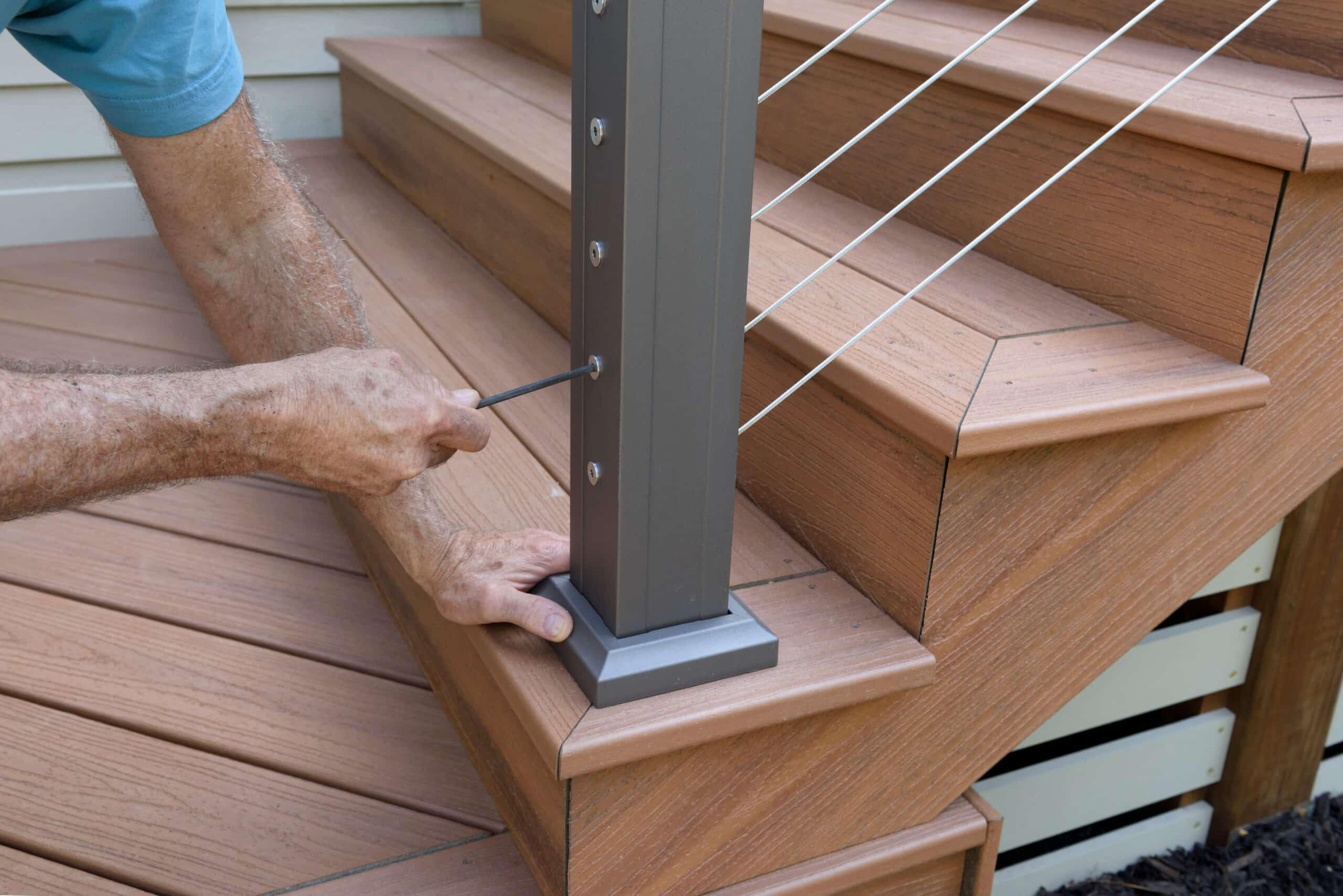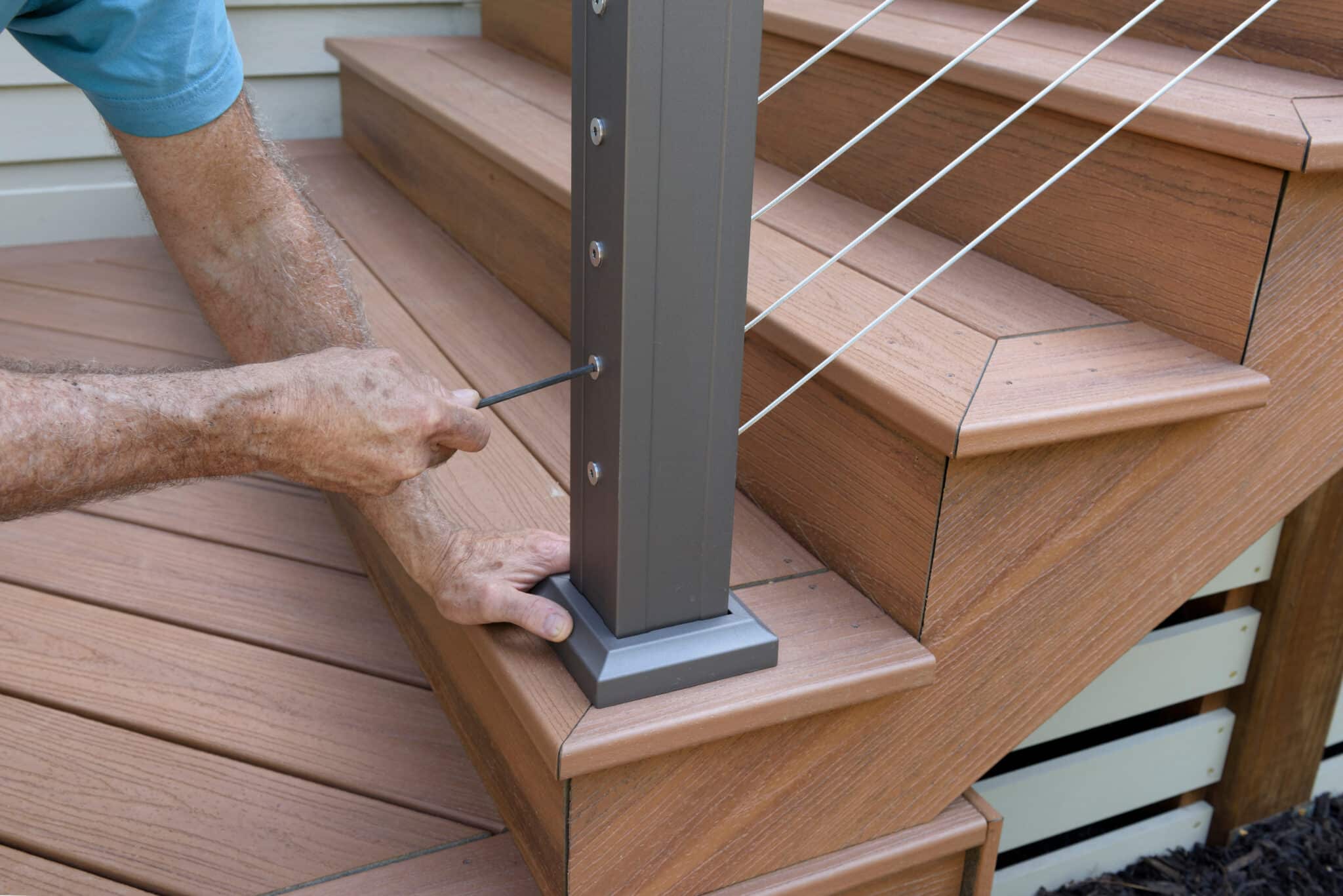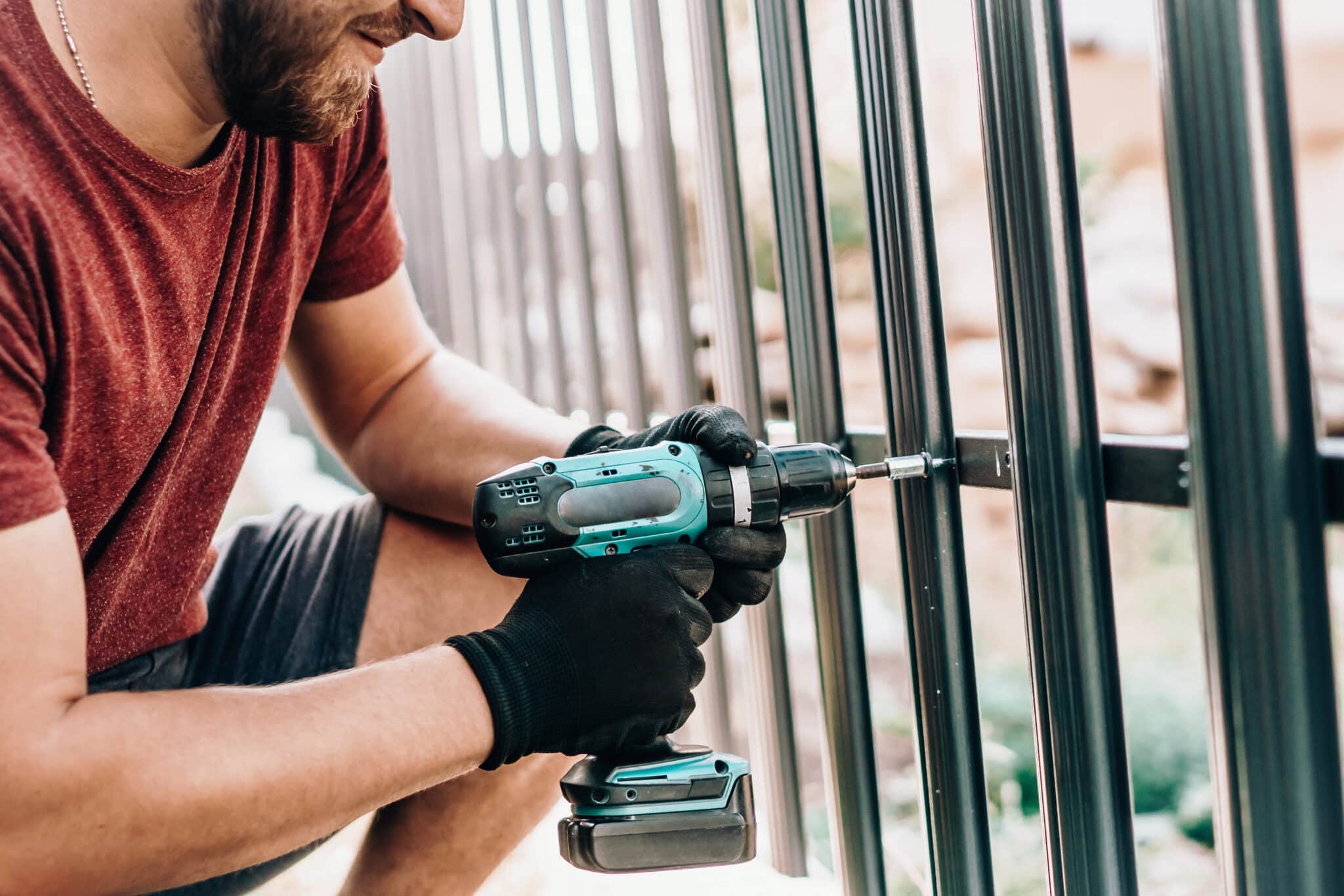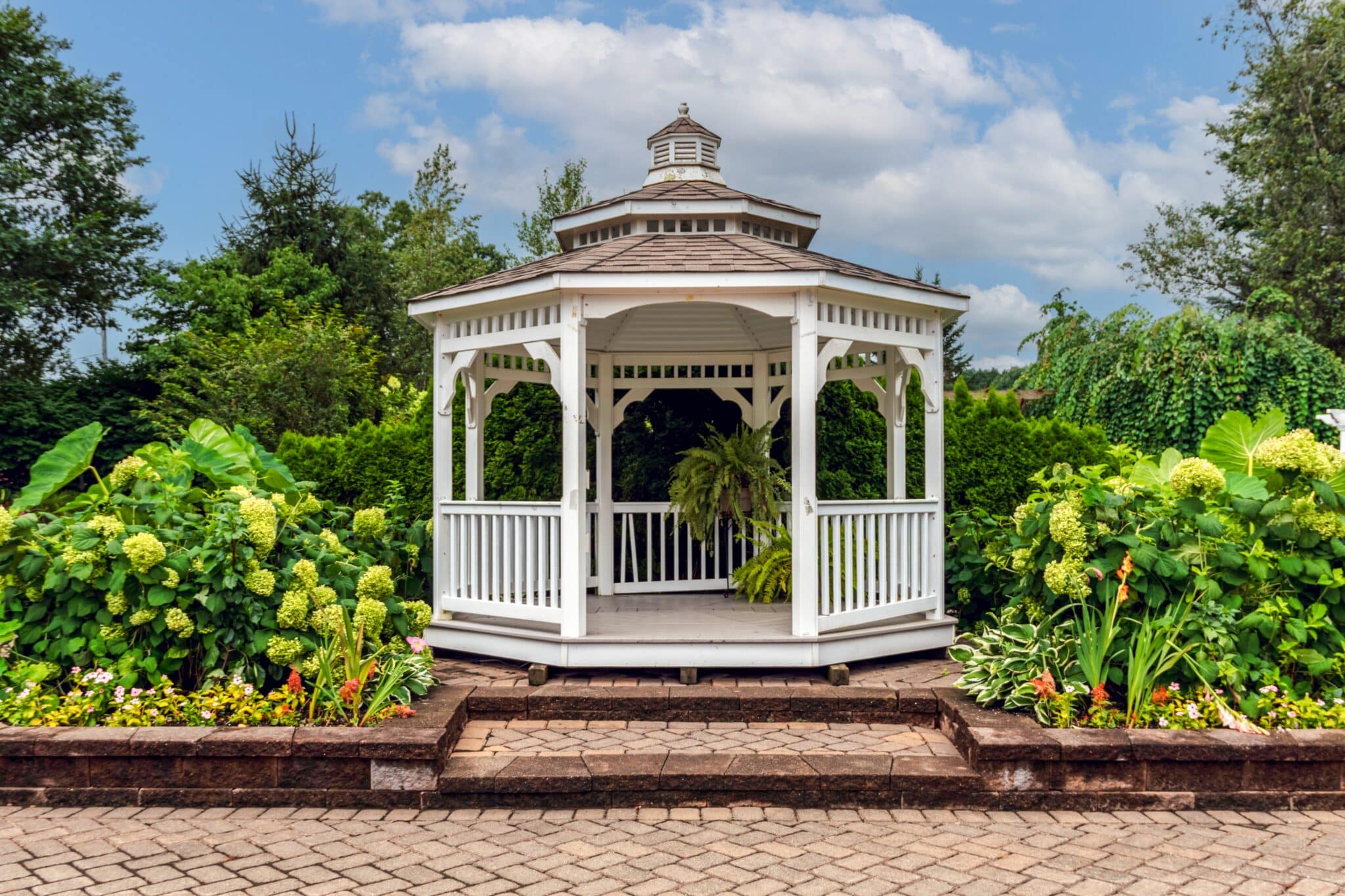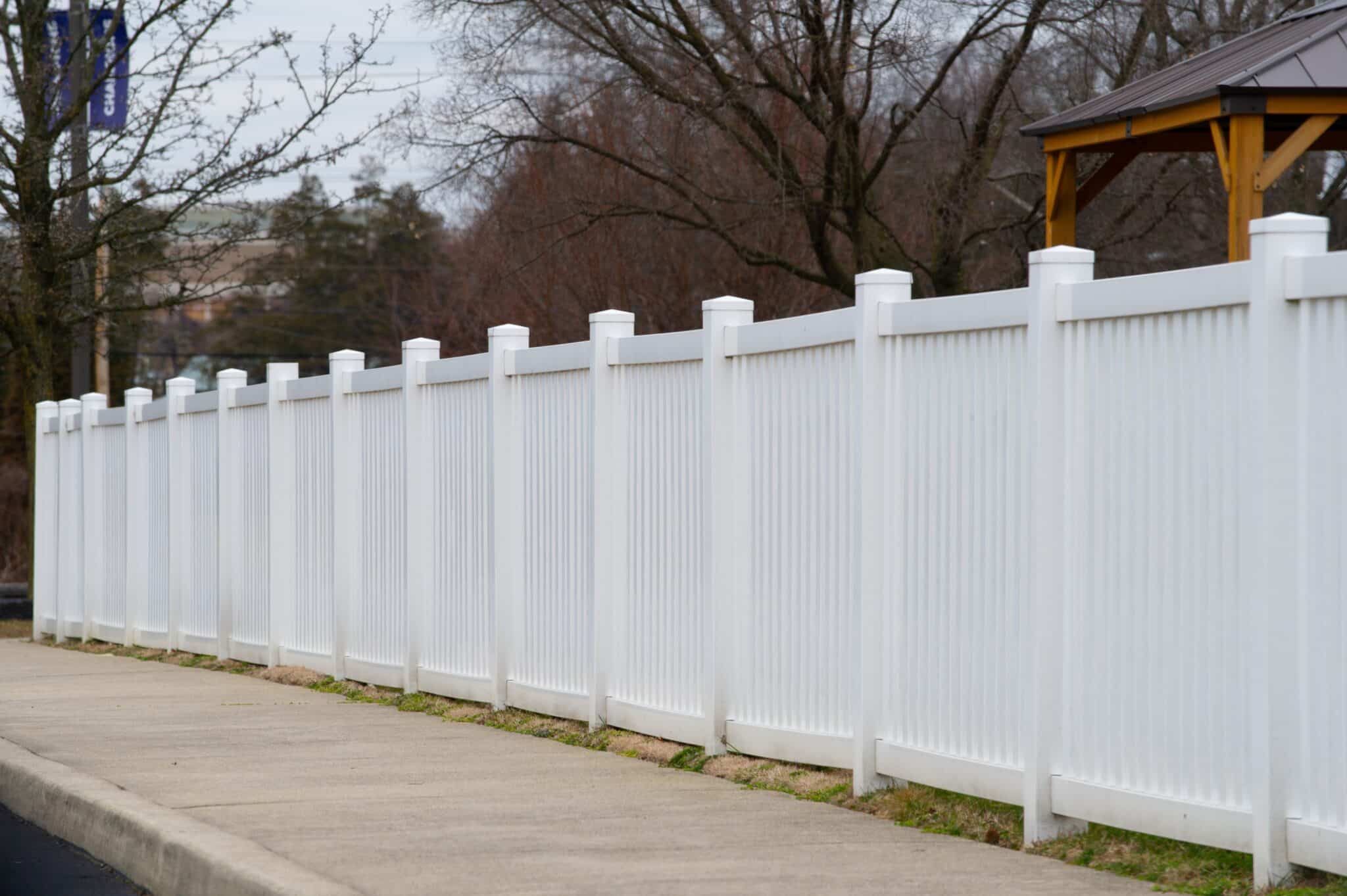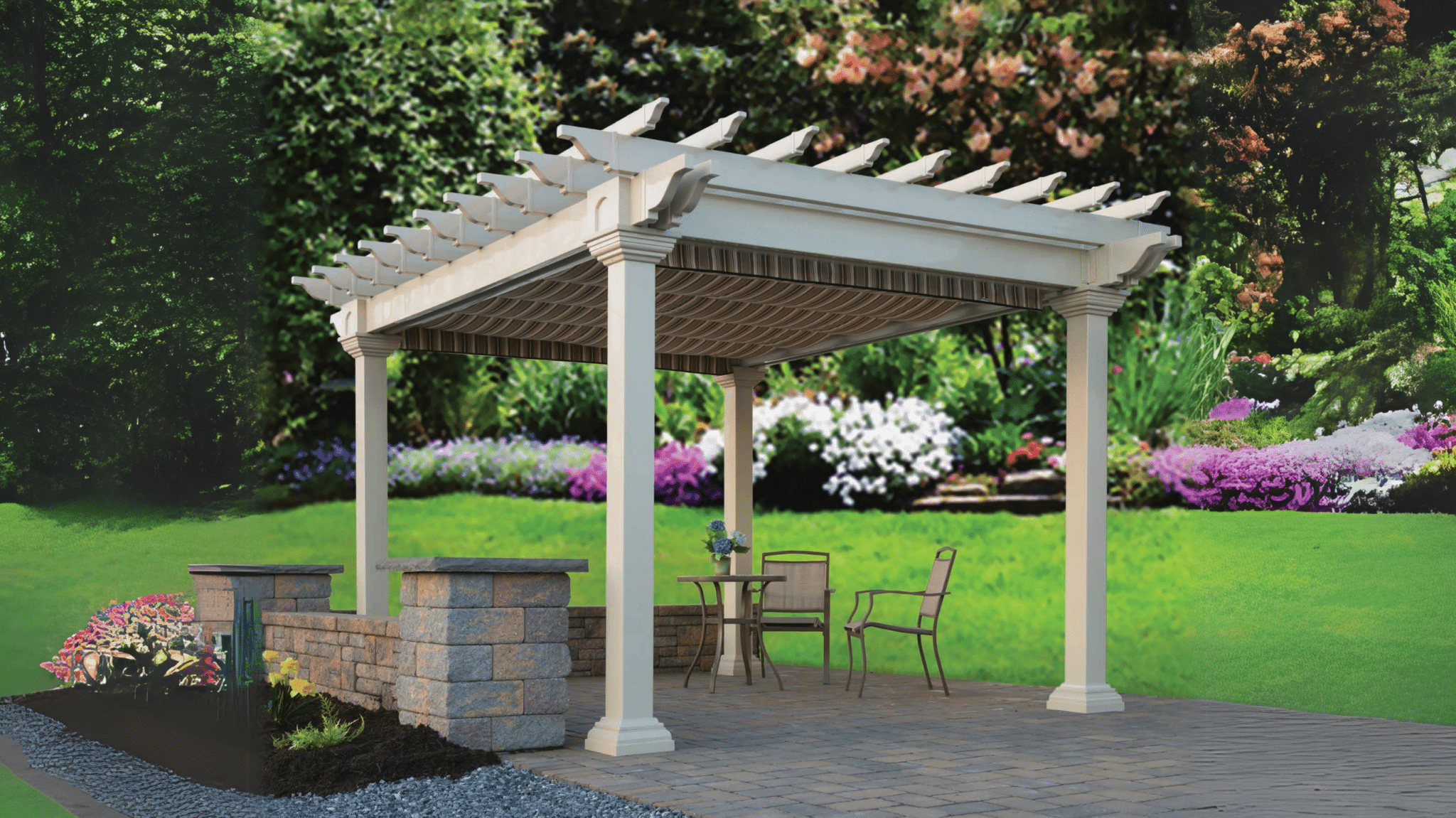If you’re searching for railing installation near me, you likely want a trusted, professional company to handle your project. Whether for safety, aesthetics, or durability, having properly installed railings is essential for homes and businesses alike. At Montco Fence, we specialize in providing high-quality railing installation for porches, staircases, decks, and commercial properties. With our […]
fence installation
TOP 5 BEST Fence Installation Philadelphia Services for 2025
Enhancing the aesthetics, privacy, and security of your home or business starts with professional fence installation Philadelphia services for 2025. Whether you’re aiming to enhance your property’s aesthetic appeal or strengthen its security, Selecting the right fencing company can have a significant impact. In this blog, we’ll highlight the top five fence installation services in […]
Beyond the Patio: Why a Gazebo is More Than Just a Structure?
A gazebo provides both aesthetic value and functional use; providing relaxation and entertainment opportunities at once. In this guide we look at various types of gazebos as well as their maintenance tips, benefits, and answers to the most frequently asked questions. Informed decisions regarding selecting an option is made easier through this comprehensive informational resource. […]
Privacy Fence Made Simple: Cost, Installation & Design Tips
Installing a privacy fence around your commercial property is an invaluable way to protect it, increase privacy and increase aesthetics – not only will this create a safer working environment but it may even increase its value! This guide will walk you through the different privacy fence ideas, material options, costs, and how to select […]
Turn Your Patio into a Showstopper with Innovative Pergola Ideas
Pergola ideas offer the ideal blend of beauty, functionality and style when it comes to improving outdoor spaces. From modern pergola concepts for small backyards to cozy additions on patios – well-designed pergolas can revolutionize the vibe of any outdoor space! Montco Fence & Landscape’s comprehensive pergola guide reveals everything you need to know about […]
